Scan Your Old Rolls Quickly. Negative Supply Basic 35mm Kit Review
For more stories like this, please subscribe to The Phoblographer.
No piece of photography equipment (new cameras aside) has gotten me this excited lately. Negative Supply reached out to us last month about their Basic Kit for 35mm Film Scanning. I jumped at the opportunity to try it out. This kit is a fantastic piece of equipment for amateurs and hobbyists who have many negatives in their collection that need digitization. There’s a copy stand, light source, and a film strip holder included. Keeping the film perfectly flat is a key feature of this unit, and it makes scanning quick and accurate.
Too Long Didn’t Read
The Negative Supply Basic Kit for 35mm Film Scanning is the perfect kit to get you started with scanning 35mm rolls at home. Use either a DSLR or mirrorless camera paired with a macro lens, and quickly scan a whole roll of your analogue memories for digitization. The stand holds your camera and lens really steadily while the uniquely designed holder makes sure your film strip stays perfectly flat. Negative Supply makes this kit irresistible to film lovers.

Pros and Cons
Pros
- Film strip holder keeps your film roll absolutely flat
- You can scan a roll of negatives very quickly once you get the initial set-up done.
- Basic Riser MK1 copy stand is super steady and can support a DSLR with a large macro lens
- Light source is evenly lit
- Feels classy to the touch
- Scanning film with this kit is a quick and really fun experience.
Cons
- Power cable easily slips out from the 4×5 light source unit
- Some might want an adjustable light intensity
- Pricey when you compare it to automatic 35mm scanners
Gear Used
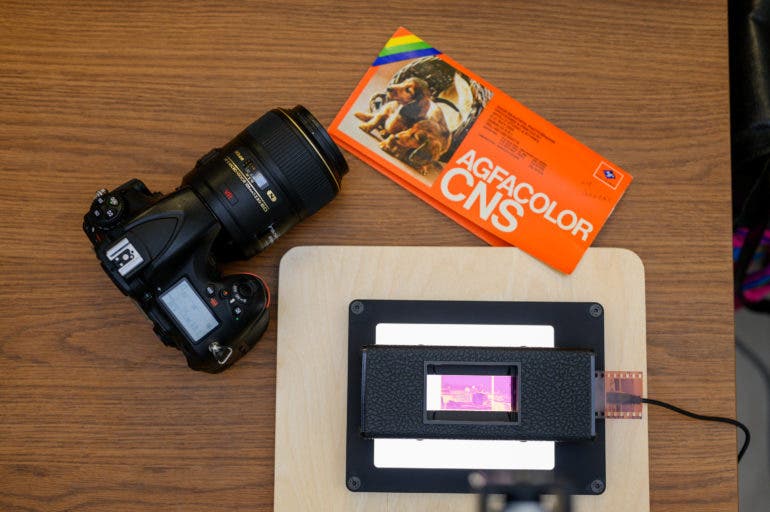
For this test, I paired the Basic Kit for 35mm film scanning with their Negative Supply Basic Carrier 35. The kit they sent included the Basic Riser MK1 copy stand and their 4×5 Light Source Basic. They also sent across the Full Border Scanning Guides, which allow you to see the roll sprockets in the scan results. Images of the negatives were taken using a Nikon D810 with a 105mm f2.8 macro lens. Conversion of negatives to positives was done using FilmLab software on my Mac Mini.
Innovations
The innards of the Basic Carrier 35 unit seem to be 3D printed. The design is such that you can insert a 35mm roll or strip through one end, and it slides through the center cut all the way out to the other end. Despite using some old strips with significant curvature due to age, they still stayed flat once inside the carrier. This proved to be invaluable to get a sharp image of the negative from corner to corner. It makes the conversion of the negative to a positive image much less of a hassle.
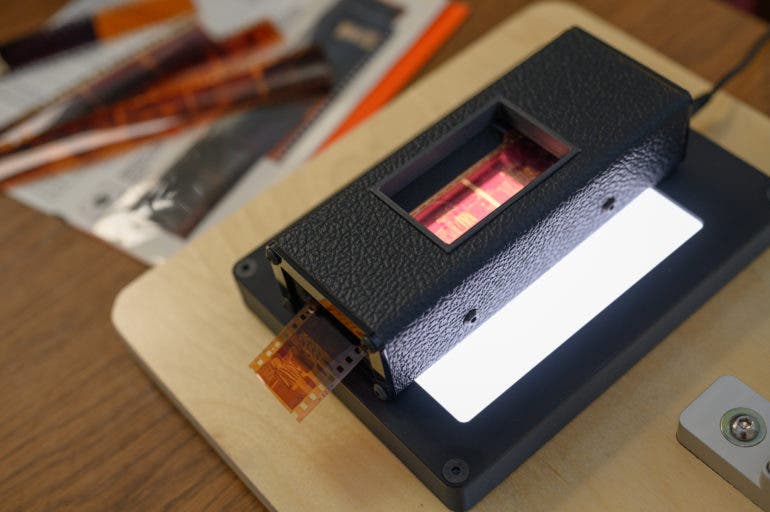
Build Quality
That Tolex exterior on the Basic Carrier unit almost feels like the material used on classic Leica cameras. The texture feels heavenly in your hands. From the moment you unpack it, you know you’re getting a well-built item to use with your scanning. Made of a carbon fiber composite, the Basic Carrier 35mm unit is lightweight. It’s also easy to open up and reassemble if you want to swap out the insides for the Full Border Scanning Guides. You need an Allen key and nothing more for this.

When I first assembled the MK1 copy stand, I didn’t think it would be capable of holding my D810 and heavy 105mm macro lens without toppling over. However, it didn’t budge a millimeter after I screwed the stand into the wooden base.
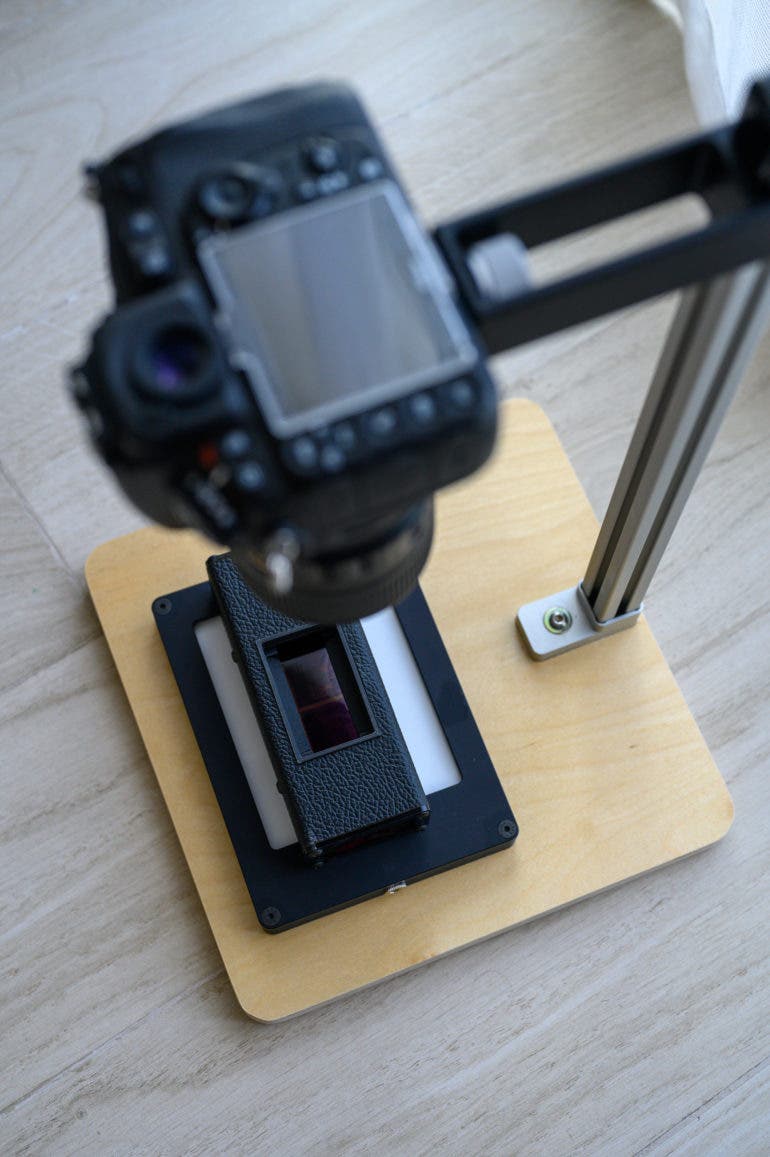
The Negative Supply 4×5 Light Source Basic unit is powered by a supplied USB cable which needs to be paired with a power adapter of 1.5 amps or higher. The power cable was very loose and could slip easily out of the socket. However, I am not sure if it’s just on the unit I received or something that needs a redesign.

Ease of Use
Once the assembly of the copy stand is done, the scanning process is very straightforward. Connect the 4×5 Basic Light source to a power supply and place it over the copy stand base. Carefully slide in a roll or strip of your negatives into one end of the Basic Carrier 35 and see them slide out the other. Place the carrier over the light source and align it by looking through your camera’s viewfinder (or preferably the LCD). What’s key is how you scan (photograph) the 35mm frames. You’ll definitely need a macro lens with this kit. I couldn’t get my D810’s sensor plane any higher than 39 cm / 15.35 inches when mounted on the copy stand. You might be able to get a little more leeway if you use a small mirrorless camera. Anyhow, this value is just an approximation.
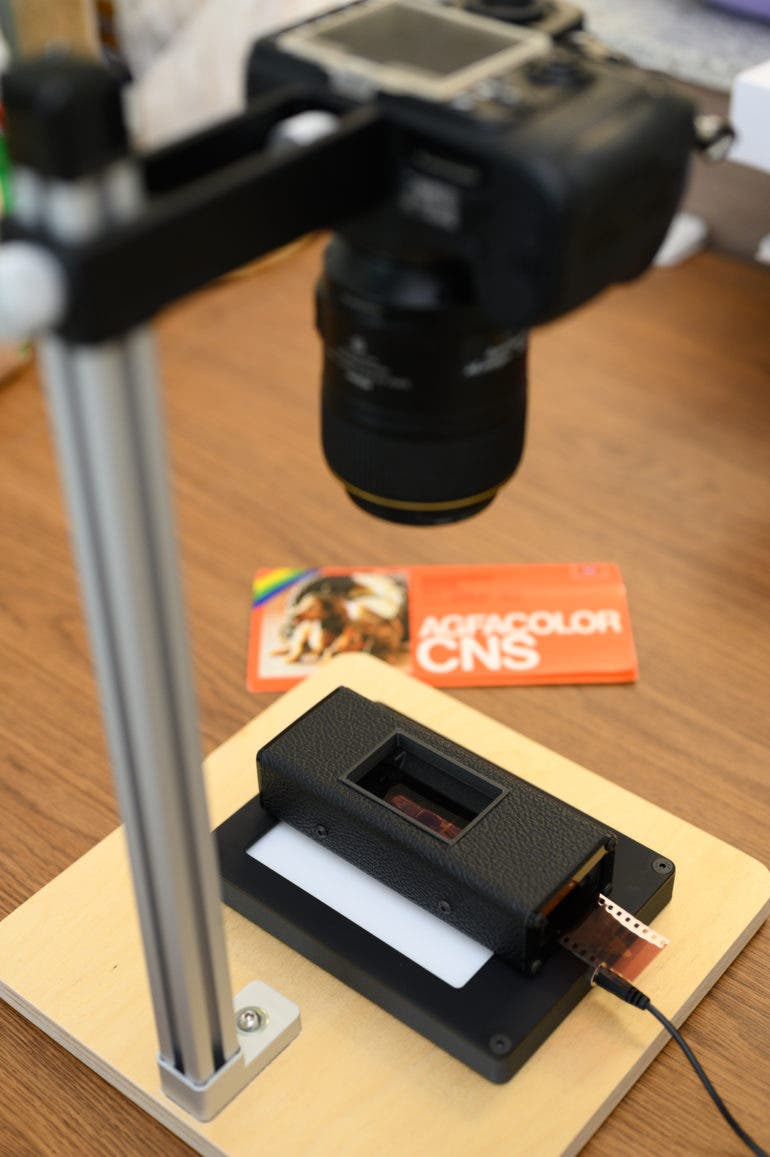
I would recommend using a wired or wireless shutter release mechanism with your camera. At first, I kept taking photos using the shutter button. Later on, I found a frame or two to be slightly blurry, possibly caused by slight adjustments in the focal plane due to this technique. Once you’ve acquired focus on the first negative, you can switch to manual focus. Clicking using the shutter release cable eliminates any chance of focal plane shifts. Tethering your camera is also a good idea so that you can review the scans right away for any errors or dust specks.

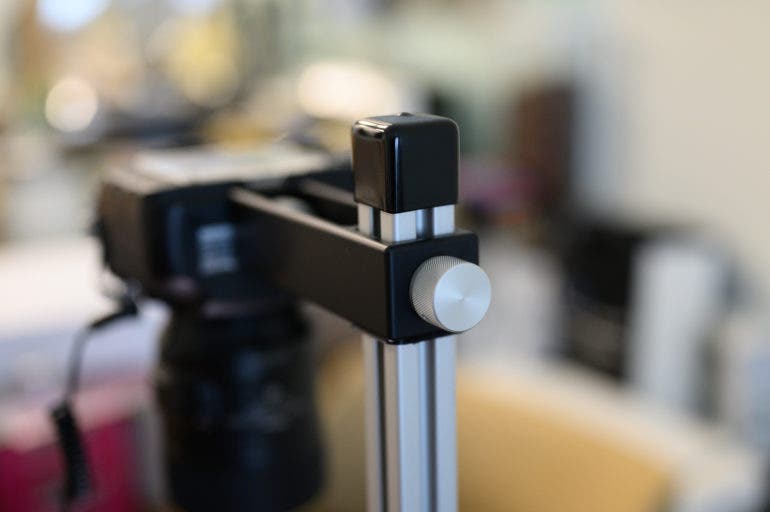
Scan results
I can’t stress the importance of prepping your negatives carefully before scanning enough. If needed, clean them using an alcohol solution. Also, ensure as much as possible that they are free of dust and lint before scanning. If you can, use darkroom gloves to insert the film into the Negative Supply Basic Carrier.
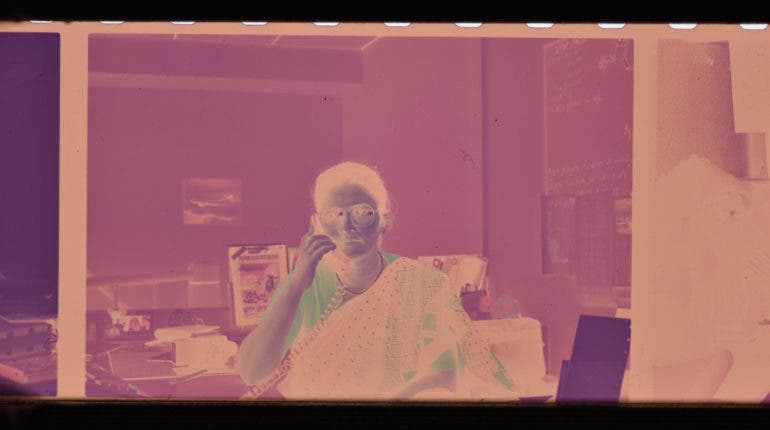
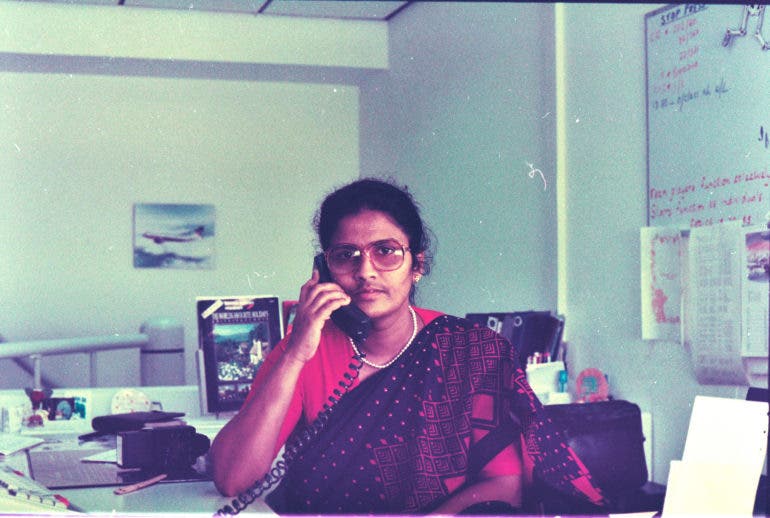
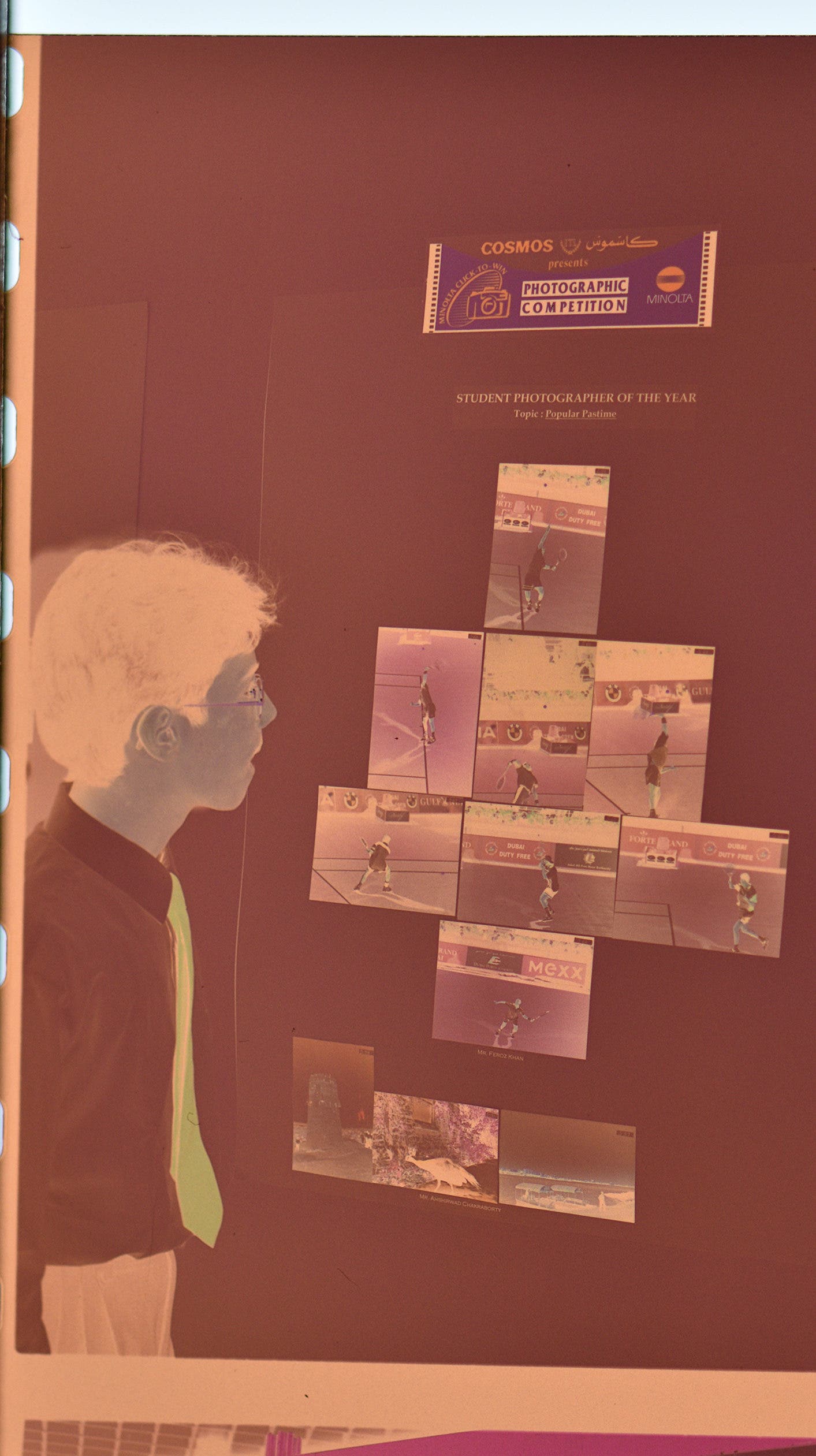
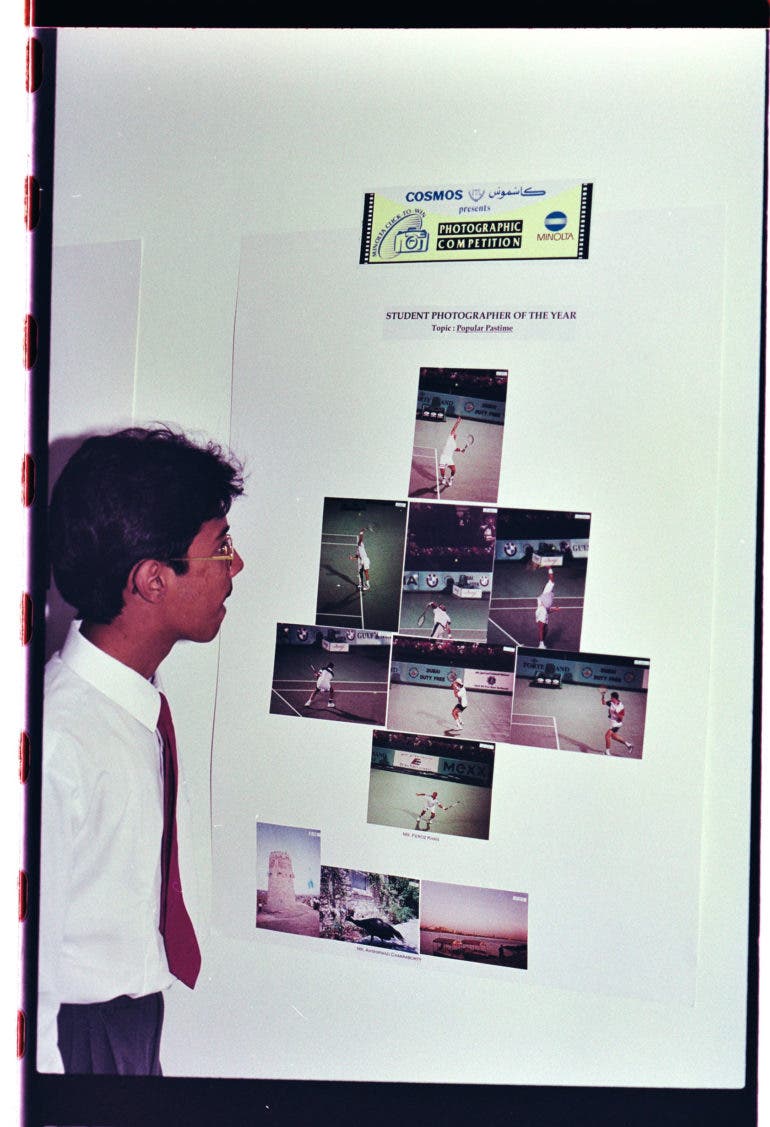

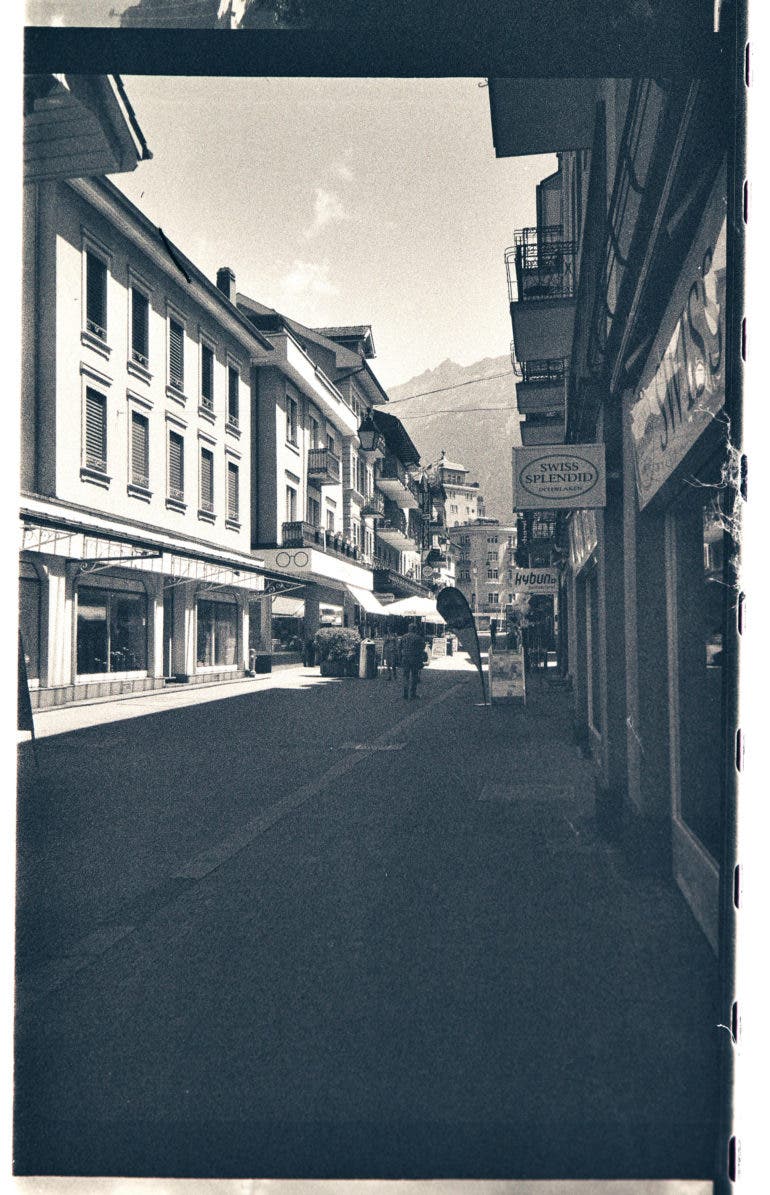
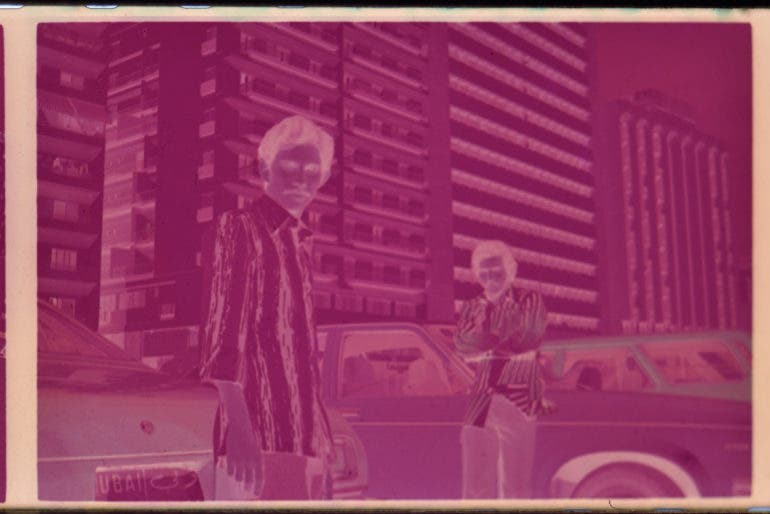
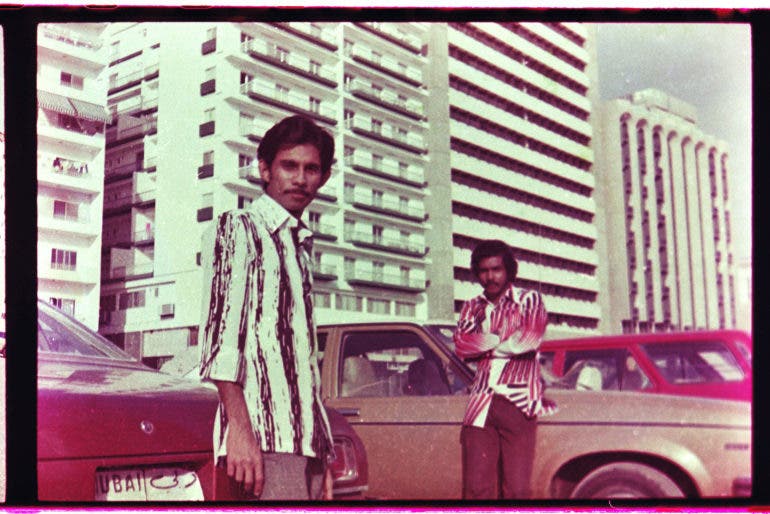
It’s Great for Slide Film Too
You can even scan positive slides by putting them directly on the light source. Of course, this would require manually aligning them to the camera’s frame each time. The Basic Carrier 35 unit doesn’t currently support slides, but I hope Negative Supply can make something for this in the future. Also, using gloves is again very much needed to minimise dust and fingerprints during handling here as well.





Negative Supply Basic Kit for 35mm Film Scanning Conclusions
Likes
- Build quality is stellar
- Copy stand can steadily hold a heavy DSLR and a large macro lens
- Easy to use even for film scanning beginners
- Designed to make your scans quick and accurate
- The experience is lots of fun.
Dislikes
- A little pricey for some (but I would say it’s worth the money)
- Every photographer you know is going to ask to borrow it from you!
The Negative Supply Basic Kit for 35mm Film Scanning is ideal for photographers like me with loads of old negatives and slide positives lying around. Seeing analogue memories come to life again is an experience I can’t get enough of. During my tests, I was able to scan a whole 35mm roll in under five minutes. Eventually, with practice, this could probably get down to just two minutes as Negative Supply claims. Even if you’re not in a hurry, the unit ensures that your film strip stays absolutely flat during your scans. This then negates the requirement to focus on each individual frame before you click the shutter. Each unit is hand-assembled and manufactured in the USA by passionate photographers and film enthusiasts. Pair it with a good macro lens and enjoy the experience.